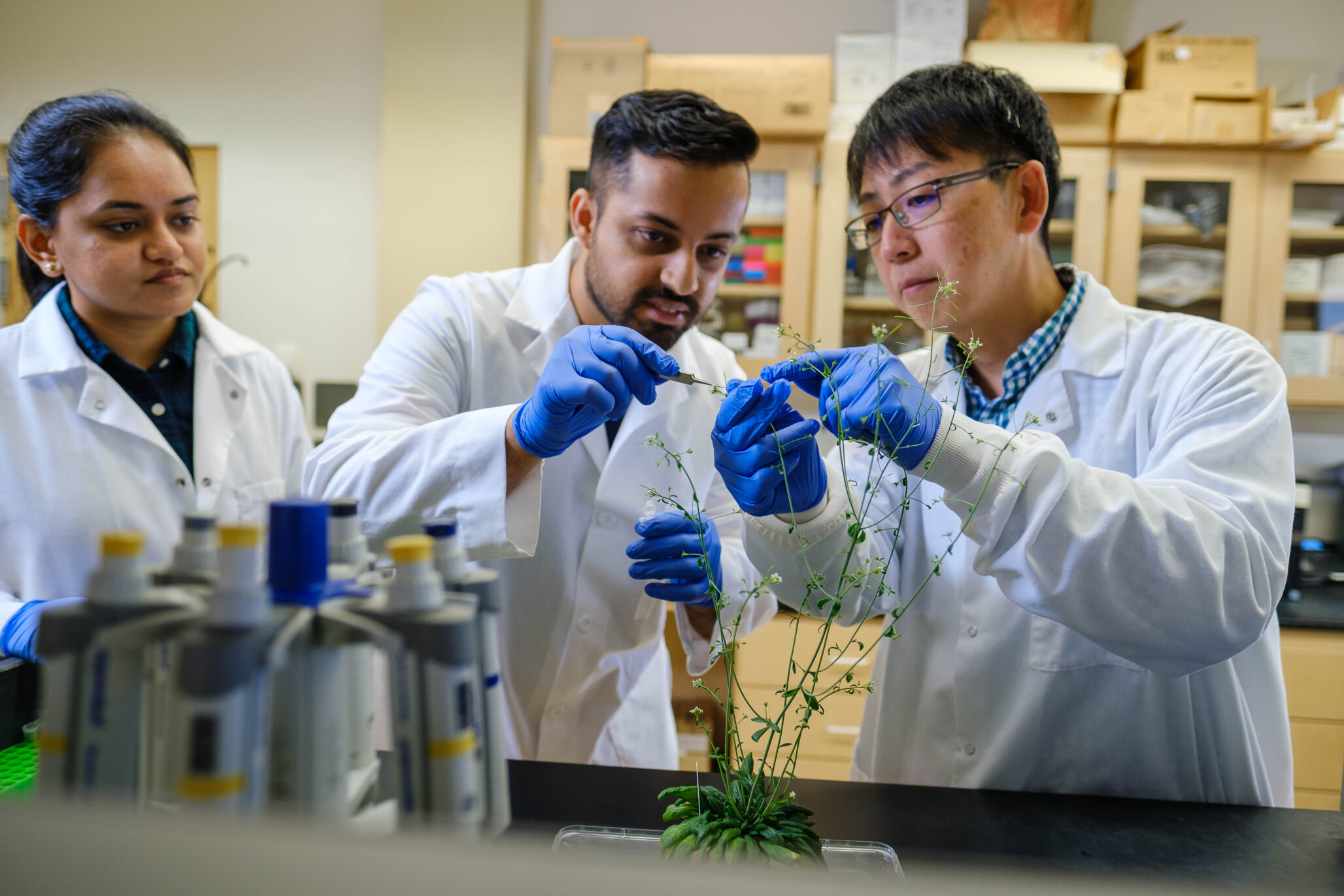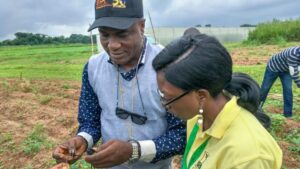Harvesting rice from the same field, without planting new rice plants? A discovery may bring this scenario closer. Leiden scientists have discovered a gene that allows annual plants to grow after flowering, instead of dying. Publication on 13 April in Nature Plants.
Plants have growing points on their stems. These are groups of stem cells that can form new stems with leaves or flowers. In perennial plants, a number of those growing points remain vegetative, so that after flowering the plant can continue to grow in the next season. In annual plants, this does not happen and the plant dies (see box). At the Institute of Biology Leiden, Remko Offringa, professor of Plant developmental genetics, and his team have discovered a gene that determines whether growing points of a plant will remain vegetative after flowering.
Life-extending effect
In the study, the researchers used the typical annual model plant thale cress, Arabidopsis thaliana. First author Omid Karami demonstrated during his doctoral research how the so-called AHL15 gene works. He overexpressed the gene in Arabidopsis so that it is much more active than normal. As with perennial plants, in the modified Arabidopsis plants some growing points remain in the vegetative phase. The plants continue to grow after flowering and can blossom several times. When the researchers disabled the gene, they noticed that the plants had a shorter lifespan than normal. By doing so, they demonstrate that the AHL15 gene, which they have named REJUVENATOR, regulates plant longevity.
Multiple harvests
The discovery of the gene contributes to fundamental knowledge about plant life history and -ageing, says Offringa. The gene may also provide answers to the question of why during evolution certain species have become annuals and others have become perennial. According to Offringa, practical applications are also conceivable, such as for agriculture. Many food crops, like rice and wheat, are annuals. Keeping some growing points vegetative in such a crop would allow the plants to continue to grow after harvesting. This may allow for several harvests from the same crop and thus to increase the yield per plant. Farmers also have to plough less often when they grow plants that bloom more often. As a result, the soil biome will remain intact, which fits well with sustainable production in agriculture.
Source: University of Leiden













